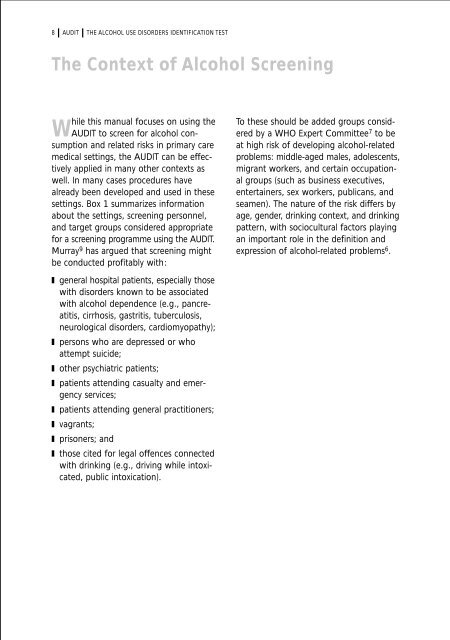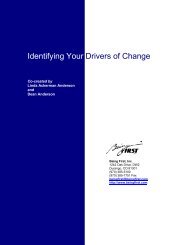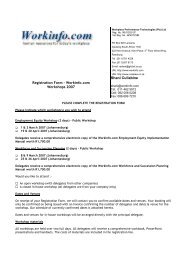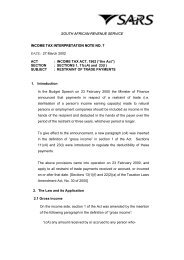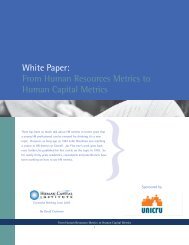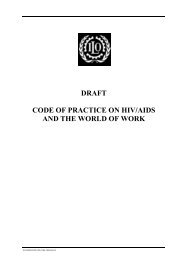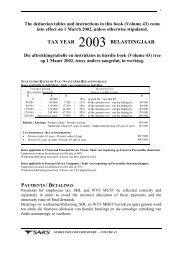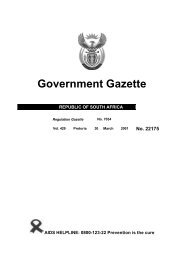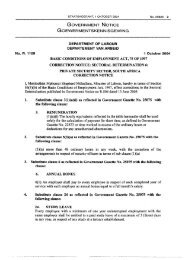The Alcohol Use Disorders Identification Test (World ... - Workinfo.com
The Alcohol Use Disorders Identification Test (World ... - Workinfo.com
The Alcohol Use Disorders Identification Test (World ... - Workinfo.com
Create successful ePaper yourself
Turn your PDF publications into a flip-book with our unique Google optimized e-Paper software.
8 I<br />
AUDIT I<br />
THE ALCOHOL USE DISORDERS IDENTIFICATION TEST<br />
<strong>The</strong> Context of <strong>Alcohol</strong> Screening<br />
While this manual focuses on using the<br />
AUDIT to screen for alcohol consumption<br />
and related risks in primary care<br />
medical settings, the AUDIT can be effectively<br />
applied in many other contexts as<br />
well. In many cases procedures have<br />
already been developed and used in these<br />
settings. Box 1 summarizes information<br />
about the settings, screening personnel,<br />
and target groups considered appropriate<br />
for a screening programme using the AUDIT.<br />
Murray 9 has argued that screening might<br />
be conducted profitably with:<br />
To these should be added groups considered<br />
by a WHO Expert Committee 7 to be<br />
at high risk of developing alcohol-related<br />
problems: middle-aged males, adolescents,<br />
migrant workers, and certain occupational<br />
groups (such as business executives,<br />
entertainers, sex workers, publicans, and<br />
seamen). <strong>The</strong> nature of the risk differs by<br />
age, gender, drinking context, and drinking<br />
pattern, with sociocultural factors playing<br />
an important role in the definition and<br />
expression of alcohol-related problems 6 .<br />
■ general hospital patients, especially those<br />
with disorders known to be associated<br />
with alcohol dependence (e.g., pancreatitis,<br />
cirrhosis, gastritis, tuberculosis,<br />
neurological disorders, cardiomyopathy);<br />
■ persons who are depressed or who<br />
attempt suicide;<br />
■ other psychiatric patients;<br />
■ patients attending casualty and emergency<br />
services;<br />
■ patients attending general practitioners;<br />
■ vagrants;<br />
■ prisoners; and<br />
■ those cited for legal offences connected<br />
with drinking (e.g., driving while intoxicated,<br />
public intoxication).


